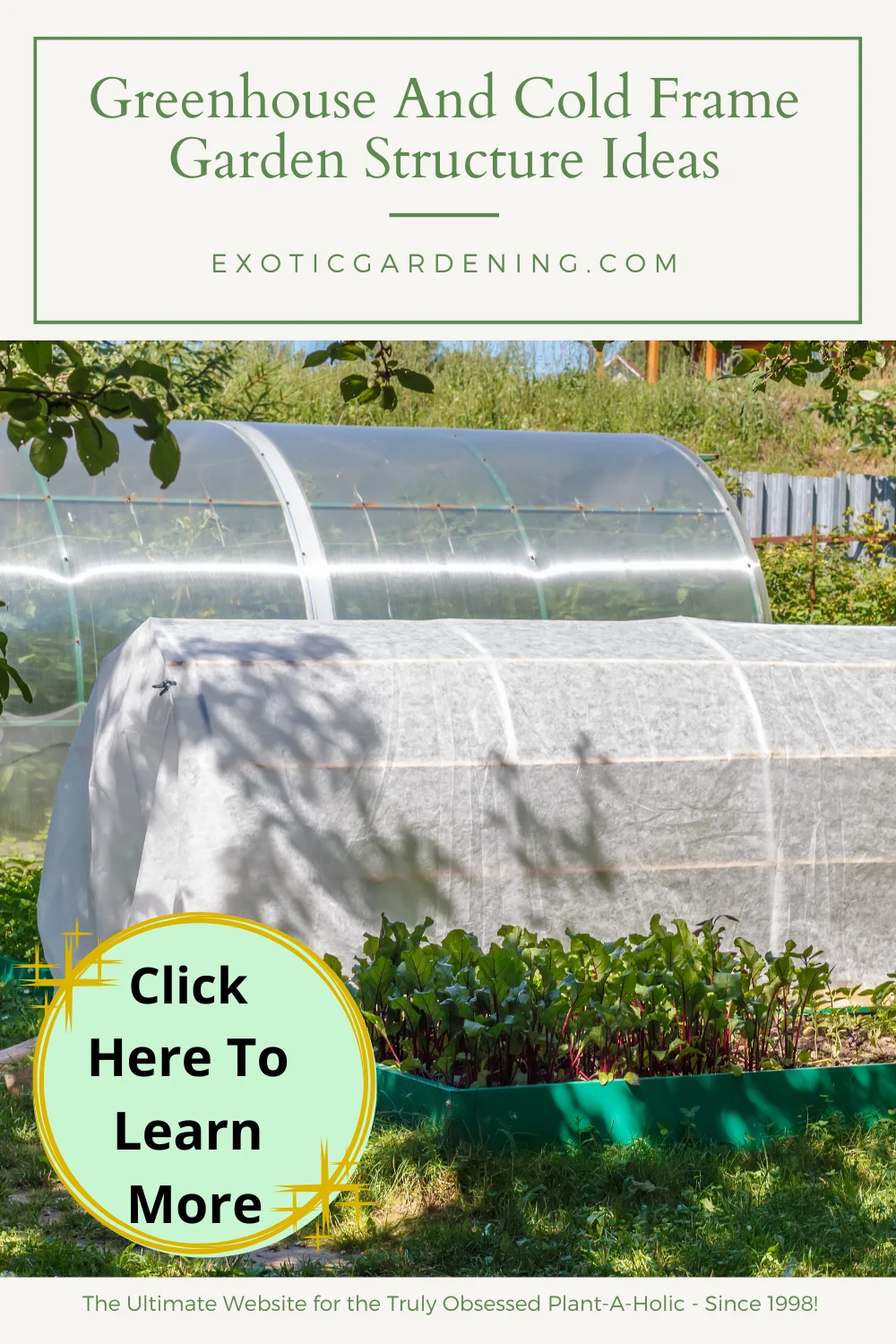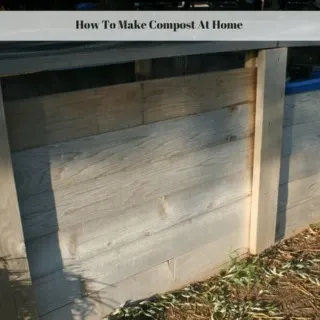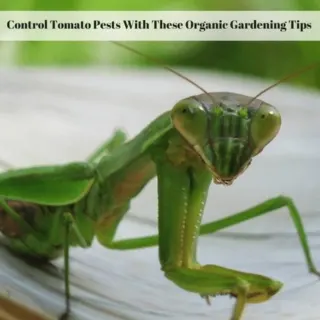Tunnel house, greenhouse and cold frame garden structures are all great choices growing plants in the winter, but what, exactly is the difference between the three of them?
Technically they do the exact same job which is protect plants from the cold weather outside during the winter months.
However each one has a slightly different purpose, although they are very interchangeable depending on what you intend to do with them.
Personally I prefer tunnel houses and greenhouses instead of cold frames simply because I like to be inside in the winter.
However you may feel completely different.
Here is a breakdown.

What Is A Greenhouse?
Think of a greenhouse as a small room made out of glass or plastic.
The walls and roof are generally clear, although this is not always the case.
Electric fans, heaters and automated watering devices are usually an essential part of a greenhouse, although not always.
The idea behind a greenhouse is that you control the temperature inside it making it possible to grow plants, such as orchids or other tropical plants, all winter long even in cold, northern climates.

What Is A Tunnel House?
A tunnel house is very similar in size to a greenhouse, but it is unheated.
These tunnel-shaped structures are usually covered with clear plastic.
Depending on the design of the tunnel house, the sides may raise and lower to allow adequate ventilation into the structure.
Tunnel houses are the ideal structure for growing cool season crops all winter long because you can walk into them.
This makes harvesting crops nicer.

What Is A Cold Frame?
A cold frame is the simpliest of these structures.
It is nothing more than a box-like structure with a clear glass or plastic top.
It can be square, rectangle or any other shape you wish it to be.
Cold frame garden structures are easy to make at home using four bales of straw and an old window.
Most cold frame garden structures are unheated and used to protect cool weather crops over the winter.
They are also useful for hardening off indoor grown seedlings.
Hardening off is the process that occurs when seedlings or plants are gradually exposed to weather elements they are not accusomed to.
If this process is done too fast, the seedlings or plants could die of shock.
Is it Necessary To Heat A Garden Structure During Winter?
The answer to this question depends on what you intend to grow.
Cool season crops and perennial plants do not need heat to survive the winter inside a garden structure.
This is why tunnel houses and cold frames are such popular items.
Are Garden Structures Expensive?
Some garden structures run thousands of dollars, while others cost less than $25.
The cost depends on what you want.
It is possible to build a large greenhouse for under $1,000.
That same greenhouse, bought through a greenhouse company, could run $5,000 or more.

Learn More About Year-Round Gardening
If you want to know more about year-round gardening or gardening structures, The Complete Idiot’s Guide to Year-Round Gardening, is a great book that covers all aspects of gardening indoors and out, all year long.
Best of all it was written by two authors who live in cold climates - one in Indiana and one in Pennsylvania.
Planting Your Garden
How Much To Plant In Your Garden
This article will help you figure out how much to plant in your garden depending on your family's size and whether you want to preserve the food or not.
When to Plant in Spring: Early Season Garden Tips
Know when to plant in spring by using these early garden season tips. These tips will allow you to get a head start on your vegetable garden.
Benefits Of Container Gardening During Changeable Weather Conditions
Changeable weather conditions certainly impacts gardeners who wish to grow their plants in the ground, but there is a solution. Learn about the benefits of container gardening and how it can help gardeners deal with climate change!
How To Grow Tomatoes
Learn how to grow tomatoes and how to plant tomatoes in a garden. Growing great tomatoes is easy if you follow a few simple steps.
Mastering Sweet Potato Gardening: How to Plant Sweet Potato Plants
Unlock the secrets of successful gardening with our guide on how to plant sweet potato plants for a bountiful harvest!
Gardening Tips For Beginners
These gardening tips for beginners will help you get your first garden started right. Tips on gardening planning, caring for bareroot plants and more.
How To Garden In Winter Indoors And Outdoors
Learn how to garden in winter indoors and outdoors. There are many vegetables and herbs that don't mind the cold or thrive in containers.
How To Make Compost At Home
Learn how to make compost at home using materials you already have on hand and are likely to throw into the trash and send to the local landfill.
Control Tomato Pests With These Organic Gardening Tips
These organic gardening tips for controlling pests on tomato plants help you identify, control and get rid of the problem without the use of organic pesticides in most cases.
How To Combat Blossom End Rot
Wondering what to do about tomatoes with brown spots on the bottom of them? Learn how to combat blossom end rot, a common problem many gardeners encounter.
Save Money! Harvest Free Vegetables Year-Round In Any Climate!
Garden tips for beginners - and advanced gardeners alike - that are sure to help save money. These gardening tips are about more than just plant care!
Vegetable Growing Realities: More Than Economic Benefits
When it comes to the facts of vegetable growing realities, there are more reasons than just the economic benefits for doing it.
Outsmart Frost in Spring Vegetable Gardens
Understanding how to outsmart frost in spring vegetable gardens leads to earlier harvests, less plant damage and a longer growing season.
Vegetable Garden Tips And Ideas For Using Artificial Grass
If you're looking for vegetable garden tips and ideas that incorporate the use of artificial grass, look no further! Weed prevention, pest control and environmental benefits. If you're looking for vegetable garden tips and ideas that incorporate the use of artificial grass, look no further! Weed prevention, pest control and environmental benefits.
10 Easiest Vegetables to Grow from Seed
Learn about the 10 easiest vegetables to grow from seed. Not only are there some unique heirloom varieties, but they are tasty too!
Extend the Spring Vegetable Garden
Learn how to extend the spring vegetable garden into summer, fall or even winter by using various shading and covering techniques.
Survival Food Garden: Grow Vegetables For Disaster Preparedness
A survival food garden is a great thing to have even if you don't believe the zombie apocalypse is coming.
Peanuts Are Exotic Plants: Growing vegetables such as peanuts can make your garden unique
It is possible to learn how to grow peanuts even if you don't live in a warm climate. Peanuts are exotic plants that are fun to grow.
Plant A Row For The Hungry: Feed The Hungry By Donating Extra Garden Produce
Plant A Row For The Hungry encourages gardeners to plant extra vegetables and donate them to their local food pantries to help those in need.
What Garden Seeds To Plant In June
There are a number of vegetable garden seeds to plant in June. Even if the soil is too wet to work, there are ways around that.
Eat Better, Save Money By Growing A Garden
Learn how you can eat better and save money by growing a garden right in your own backyard or even on your balcony!
Sheri Ann Richerson
Growing organically is important because the produce is healthier and contains more nutrients.
It is better for the environment, insects and birds, plus there is no concern about the potential issues with GMO’s.
It is also environmentally friendly and helps reduce your carbon footprint, not to mention saves money.
Plus there is the holistic perspective of growing an organic garden because from the soil to the food we eat, it is all interconnected.
In this course you will learn:
How to build healthy organic soil
When to plant seeds or established plants as well as when to direct sow
How to simplify garden maintenance
Natural methods of pest control































